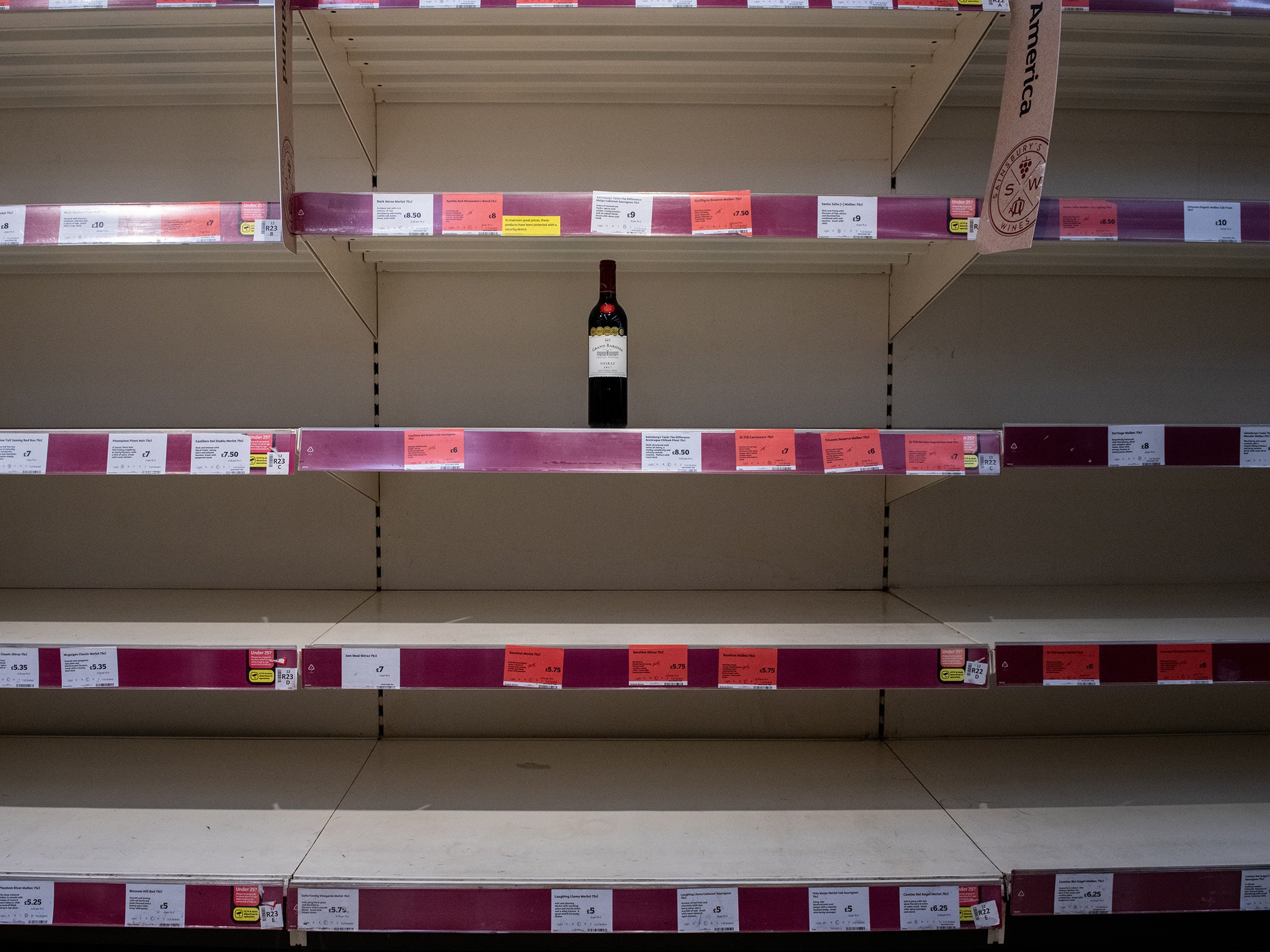Is a new alcohol prohibition on its way?
New taxes on wine could mean that your favourite tipple – in particular red – ends up being watered down or disappearing altogether, writes wine expert Rosamund Hall


Whenever I try to discuss the topic of alcohol duty with my friends who have no connection to the wine industry, many of them tend to switch off. I can’t really blame them. It is – excuse the pun – a fairly dry topic.
Their only real interest lies in how much more expensive it could make their favourite bottle of malbec or chardonnay. I imagine many of you reading this will probably feel the same way. But what if I told you that it could impact whether your preferred wine is even going to be available anymore, full stop?
Alcohol duty already had a big increase last August when the government introduced the largest alcohol tax rise for almost 50 years. But, come February 2025, things are going to get even worse, as the government plans to press ahead with complex and costly changes to the way wine is taxed.
Alcohol duty will be charged on a sliding scale of 0.5 per cent ABV (alcohol by volume) – meaning that lower-alcohol wines will be taxed less than higher-alcohol wines. An 11.5 per cent wine will be charged £2.46 duty, with the cost rising to £3.21 for a 15 per cent ABV wine.
Miles Beale, chief executive of the Wine and Spirit Trade Association, said “The changes to taxing wine have been described as ‘un-administrable’ and ‘sheer lunacy’ by our members. Scrapping the easement for wine duty will see price increases for 75 per cent of red wines sold in the UK.” (The easement recognises that wine is different to other categories of alcoholic drink. Wine cannot be made to a pre-determined strength, with its strength determined by climate; wines from warmer climates tend to be higher in alcohol than those from cooler climates.)
This is a bleak picture for consumers. It will mean a reduction in the variety and styles of wine that we currently see available in the UK, and a higher price point that risks putting off swathes of potential consumers. It is a policy that multinational wine companies will be working hard to circumvent by trying to produce lower alcohol wines; and supermarket buyers will be scrambling to find wines that still hit the price point that consumers are happy to pay. Not to mention the staggering administrative costs involved, which will ultimately be passed on to the consumer.
Unfortunately, there are only a handful of wines that tend to naturally land at 11.5 per cent, with an even smaller number of those being red wines. So what will happen? In the case of large-scale wine, industrial winemaking can reduce the level of alcohol in wine, which may suit the price point, but won’t necessarily suit our tastes.
Taxation based purely on a sliding scale doesn’t take into account the nuance of real winemaking – and by that, I mean producers who are working on a small scale (in comparison to the Blossom Hills of the world). Wine is an expression of a whole year; winemakers only get one chance to make their wine, and they are very much at the mercy of our increasingly erratic weather systems.
Grapes depend on sunshine to ripen, and many regions are seeing hotter and hotter growing seasons, resulting in more powerful and naturally alcoholic wines. Over the last four vintages alone, a wine I love from the Bergerac region in southwest France has seen its alcohol levels vary from 12 to 14.5 per cent ABV, purely due to seasonal climatic variations.
Furthermore, there are several styles of wine for which high alcohol is non-negotiable. If you’ve ever had the pleasure of drinking an amarone – a deep, rich red wine which originates from Valpolicella in the Veneto region of Italy – then you will know that it always has an ABV in the region of 15 to 16 per cent. And what about a little sherry, or a tot of port? Simple – they’re going to cost a lot more.
And then there are the popular mainstream wines such as Porta 6 (the Portuguese wine with a yellow car on its jazzy label) or 19 Crimes (a popular Australian wine with a Victorian era photograph on the bottle). They are high in alcohol and big sellers for supermarkets – they’re fuller-bodied reds and definitely tick a box for a certain type of wine lover who probably won’t enjoy lower-alcohol reds. If those people find they’re suddenly being offered a watered-down version of what they love, solely to hit a price point, then there’s a real concern that they’ll be turned off wine altogether.
This policy is about moving closer to a point of prohibition. It hasn’t been designed with the winemaker – or, more importantly the consumer – in mind. It is a draconian approach to punishing people who enjoy wine. Our shelves will have a reduced range, and small, independent shops and importers will really struggle. One likely outcome is that smaller producers will simply not bother to sell to the UK at all, as it is yet another hurdle to overcome in a market already complicated by Brexit. Ultimately, wine will become even moreexpensive for us here at home.
The UK has historically had an enviable wine market, boasting its availability of wines from all over the world. I fear that policies such as this will push us further towards becoming a small insignificant island – and, despite the rain, an increasingly dry one.
Rosamund Hall (DipWSET) is a wine consultant, merchant and writer






Join our commenting forum
Join thought-provoking conversations, follow other Independent readers and see their replies
Comments